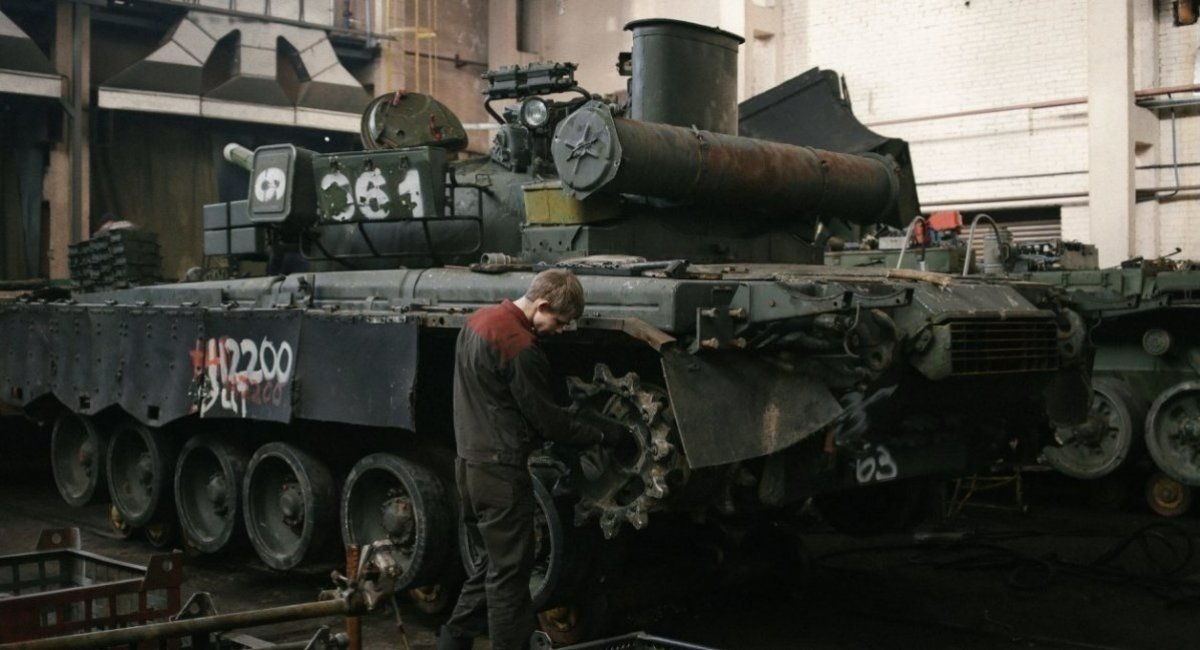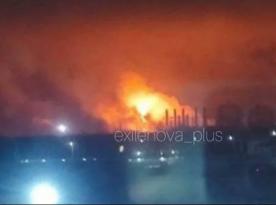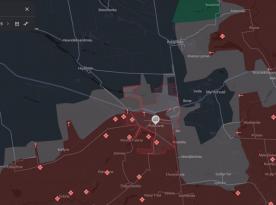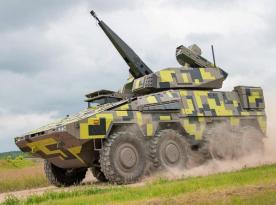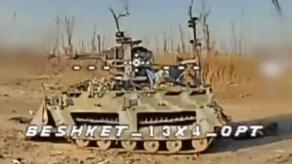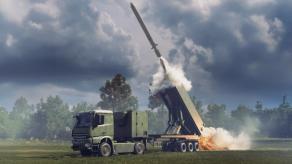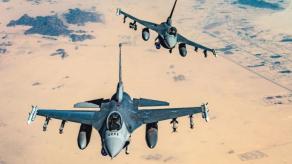London-based International Institute for Strategic Studies (IISS) has published a study of Europe's capability to defend itself against the backdrop of the United States' shift of priorities towards Indo-Pacific interests.
For that, European countries would need to spend an additional $1 billion to offset a full U.S. withdrawal from the continent. However, the insights in this report cover much broader aspects like russia's capacity to accumulate military strength for an attack on Europe in the future.
Read more: Can Europe Replace the U.S. in Supplying Weapons to Ukraine?
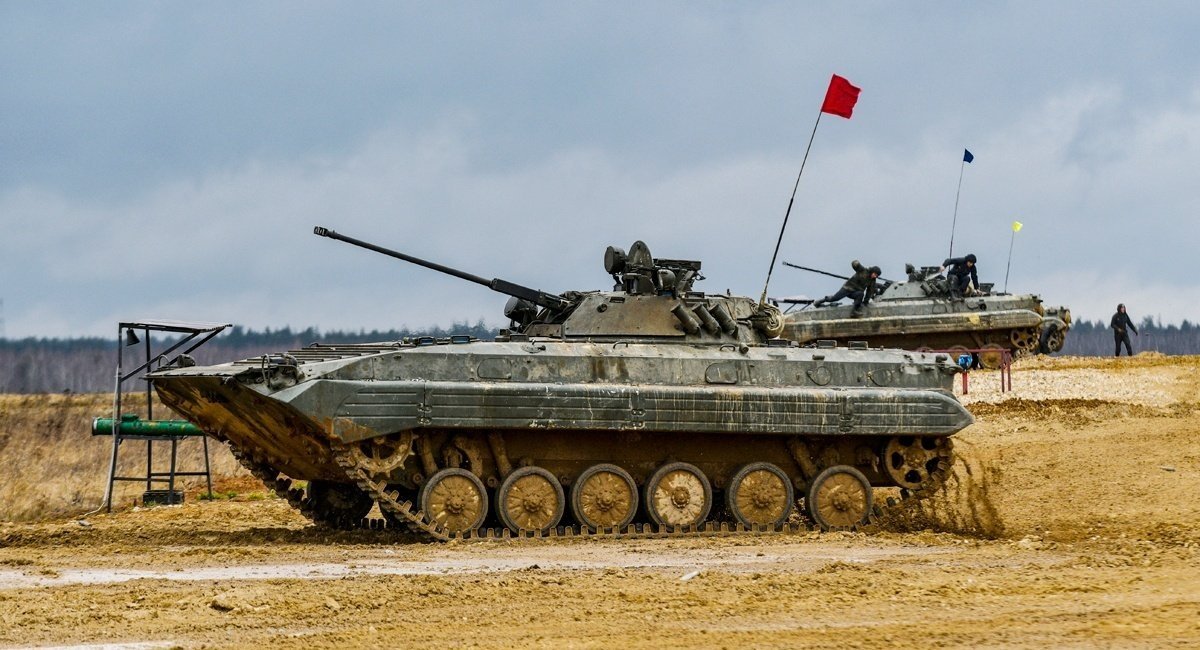
That future turned out much nearer than one might've expected: the analysts predict that by 2027 already, the russian federation could have 3,300 main battle tanks, 11,000 other armored vehicles, 2,000 pieces of artillery, and 1,300 rocket artillery systems.
Paradoxically, all these weapons are far from enough to fully equip the army per russian regulatory norms, especially the newly-created Leningrad Military District which is supposed to be the main force on russia's European front.
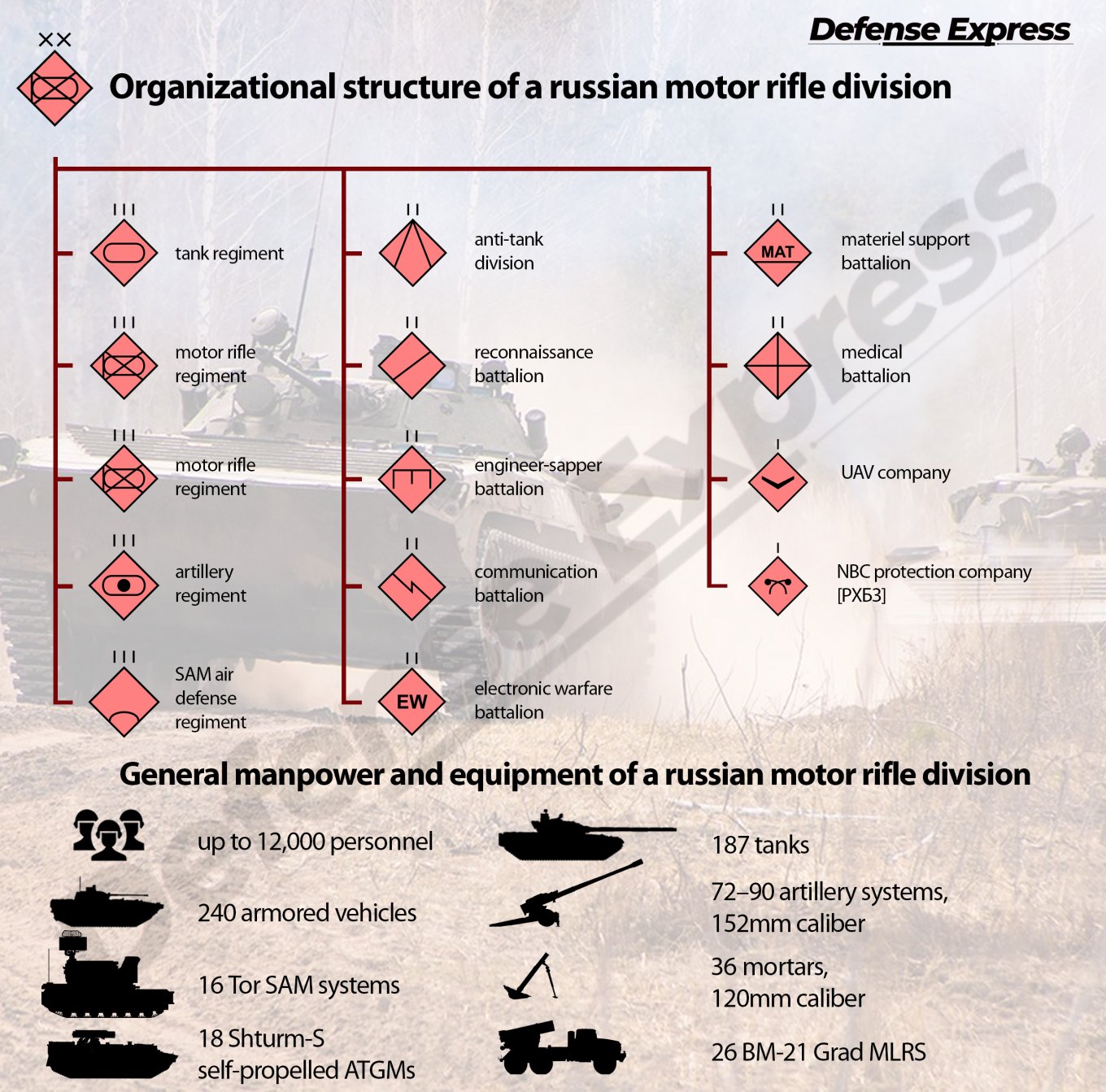
Surely, over 14,000 armored vehicles and 3,000 artillery systems is still a force to be reckoned with. But there's a catch to the said figures. The experts' calculations are relevant for a situation "if the war in Ukraine ceases in mid-2025 and russian industrial production continues at the present pace." In other words, gathering such a force requires russia to stop sending its weapons into battle and start stockpiling right about now.
IISS notes that as of early 2025, the russian armed forces fell 1,000 self-propelled guns short of immediate needs. Driven by shortage, russians have de-mothballed many obsolete and worn-out weapons but in the event the war against Ukraine does stop, the russian army may choose to put those back into long-term storage or dispose of them entirely.
The following IISS infographic estimates russia's capacity to stockpile weapons. Important to note, here the institute's experts refer not only to their own sources, but also to third-party OSINT specialists, whose assessments of russia's armored vehicles stocks raised legitimate doubts in the past.

Separately, from Defense Express, we would like to emphasize that although the figures above give weight to this analysis, the starting point — namely, that russo-Ukrainian war stops already in mid-2025 — gives a reason to draw conclusions with a reasonable amount of skepticism.
Nonetheless, the fact that Europe should increase its spending by +$1 trillion is true either way, since the U.S. has firmly indicated its intent to absolve itself of responsibility to shoulder European security and turned its gaze toward Indo-Pacific.
Read more: U.S. Retires Heavy Weapons – Will Ukraine Be Able to Buy Them?



